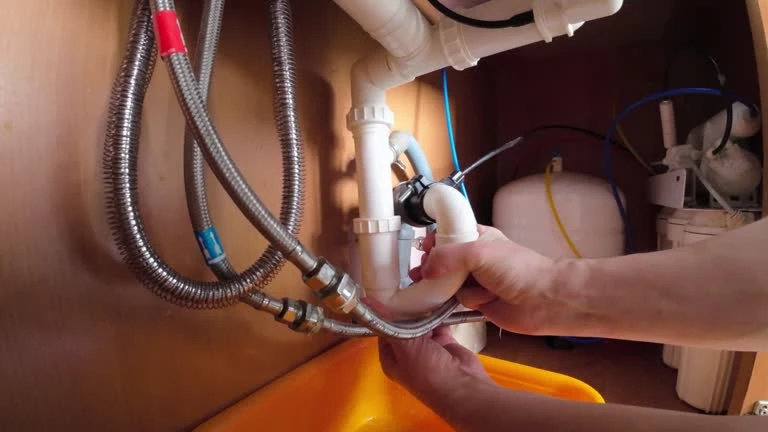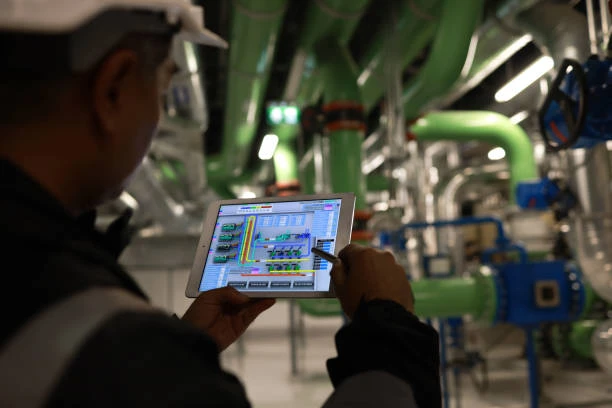Introduction to PPR Piping
PPR, or Polypropylene Random Copolymer, finds extensive use in plumbing systems. Its chemical resistance and durability make it a popular choice. PPR piping systems often outperform traditional materials. They provide a lightweight, cost-effective solution for various applications. This article explores the future development of PPR piping materials, especially focusing on heater PPR.
Advantages of PPR Materials
PPR piping offers numerous advantages. First, it has excellent thermal insulation properties. This quality makes it ideal for hot water applications, including heating systems. Additionally, PPR does not corrode like metal pipes. Therefore, it remains a reliable option over time. Its smooth internal surface reduces friction, enhancing flow rates. Overall, PPR materials present a robust alternative for modern plumbing.
Innovations in PPR Technology
The future of PPR piping looks promising. Recent innovations focus on improving strength and flexibility. Manufacturers now incorporate additives that enhance performance. These advancements make heater PPR even more efficient. For instance, improved resistance to high temperatures expands its applications. The developments in formulation can revolutionize the industry. New technologies aim for higher impact resistance and lower thermal expansion.
Eco-Friendly PPR Solutions
Sustainability is a vital aspect of future PPR development. Manufacturers increasingly prioritize eco-friendly materials. They utilize recycled polypropylene in creating new pipes. This practice reduces waste and conserves resources. Moreover, innovative production processes minimize energy consumption. These eco-friendly heater PPR solutions align with global sustainability goals. They promote a greener future for plumbing systems.
Testing and Standards
Rigorous testing ensures the reliability of PPR materials. Standards organizations evaluate their performance under various conditions. These tests assess resistance to pressure, temperature, and chemical exposure. Compliance with international standards guarantees quality. This process helps manufacturers improve product design. For heater PPR, meeting these standards is crucial for safety and efficiency. Ongoing research also focuses on enhancing these testing protocols.
Market Trends and Demand
The demand for PPR piping is growing steadily. Industries increasingly recognize its benefits. The construction sector shows particular interest in heater PPR. As more builders adopt these materials, the market expands. This trend reflects a shift toward modern plumbing solutions. Additionally, advancements in technology drive innovation and competition. Consequently, manufacturers invest in research and development to meet market needs.
Applications of Heater PPR
Heater PPR serves a variety of applications. It is particularly suitable for residential heating systems. These pipes efficiently transport hot water. They are also used in industrial settings for heat distribution. The versatility of heater PPR makes it a favorite among engineers. Its compatibility with various fittings and systems adds to its appeal. This adaptability positions heater PPR as a go-to solution in piping.
Conclusion and Future Outlook
In summary, the future of PPR piping materials looks bright. Innovations in technology promise enhanced performance and sustainability. Eco-friendly solutions gain traction, reflecting a global trend. As the demand for heater PPR grows, manufacturers will focus on quality. Ongoing research and development will drive the industry forward. The evolution of PPR materials presents exciting possibilities for plumbing systems.
IFAN Products international standards
IFAN products strictly adhere to a comprehensive range of international standards, encompassing ISO 15874, EN 15874, ASTM F2389, DIN 8077/8078, GB/T 18742, NBR 15884, ISO 15494, EN ISO 15494, GB/T 19472, NBR 15494, ASTM 2846 (501), DIN 8079/8080 (502), ASTM F441/F441M SCH80 (503), DIN (504), DIN (505), GB/T 18993, AS/NZS 1477, CSA B137.6, NSF/ANSI 14, TIS 17-2532/1131-2535, BS 3505, BS 4346 (801), ASTM D1785 SCH40 (802), ASTM D1785 SCH80 (803), DIN (804), GB (805), GB (806), GB(901), DWV(902), ASTM D2665 (903), along with ASTM D2241, D2665, D2729, and F441/F441M series, ISO 1452, EN ISO 1452, DIN 8061/8062, GB/T 10002, AS/NZS 1477, JIS K6741, CSA B137.3, and other national and industry norms.
Connect
IFAN is a Chinese manufacturer of plastic pipes, fittings and valves with 30 years of experience. If you are interest in IFAN copper fittings, copper valves, plastic pipes and fittings, please contact us. IFAN offers you a variety of standard pipes to meet your specific needs. Click below to learn more about IFAN’s wide range of affordable and cost-effective valve products and piping system related products.
We will reply your email or fax within 24 hours.
You can call us at any time if there is any question on our production.
For more information,pls visit our webside https://waterpipefitting.com/
Pls Mailto: [email protected]
Whatsapp: +86 15088288323














Recent Comments